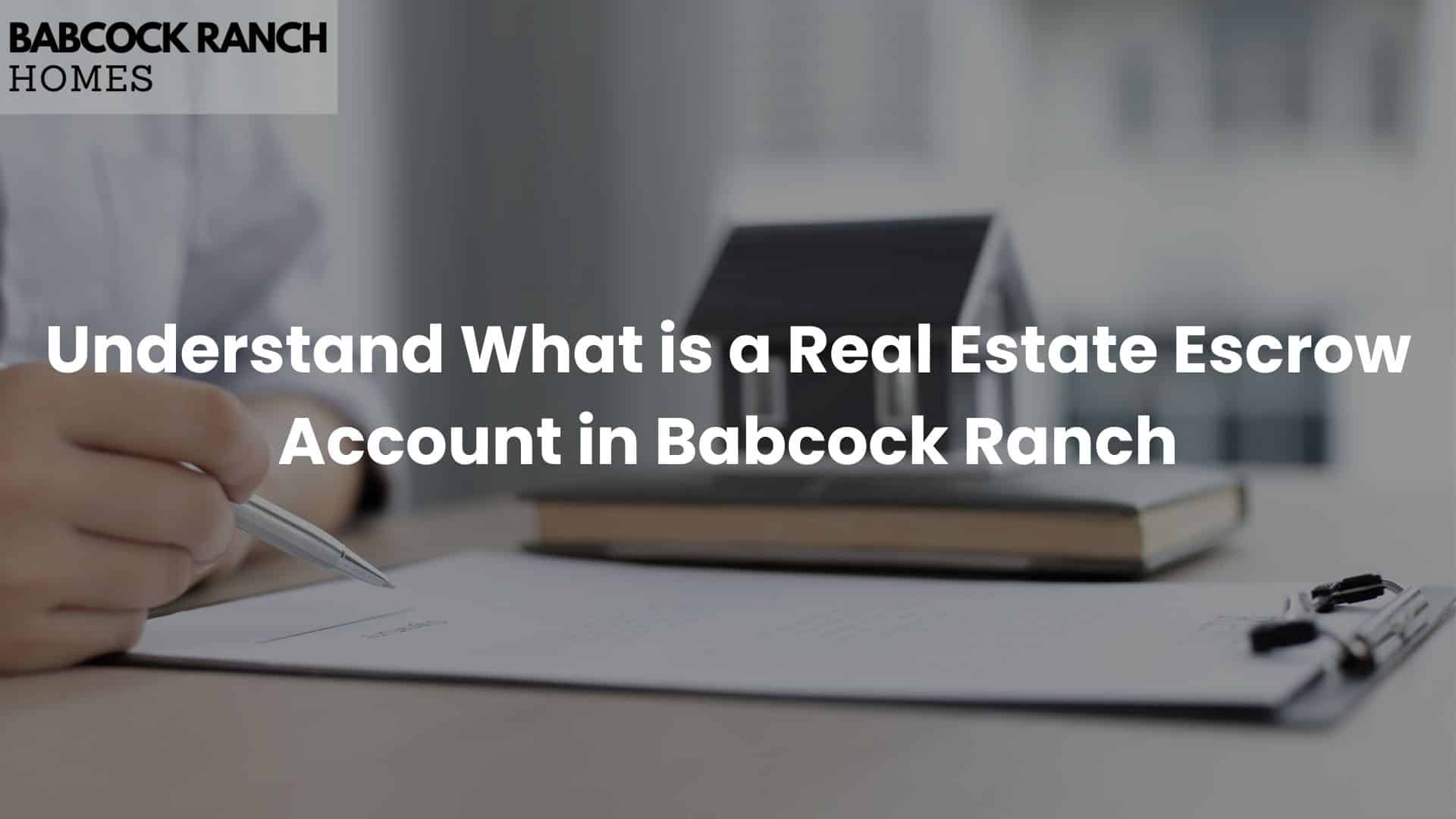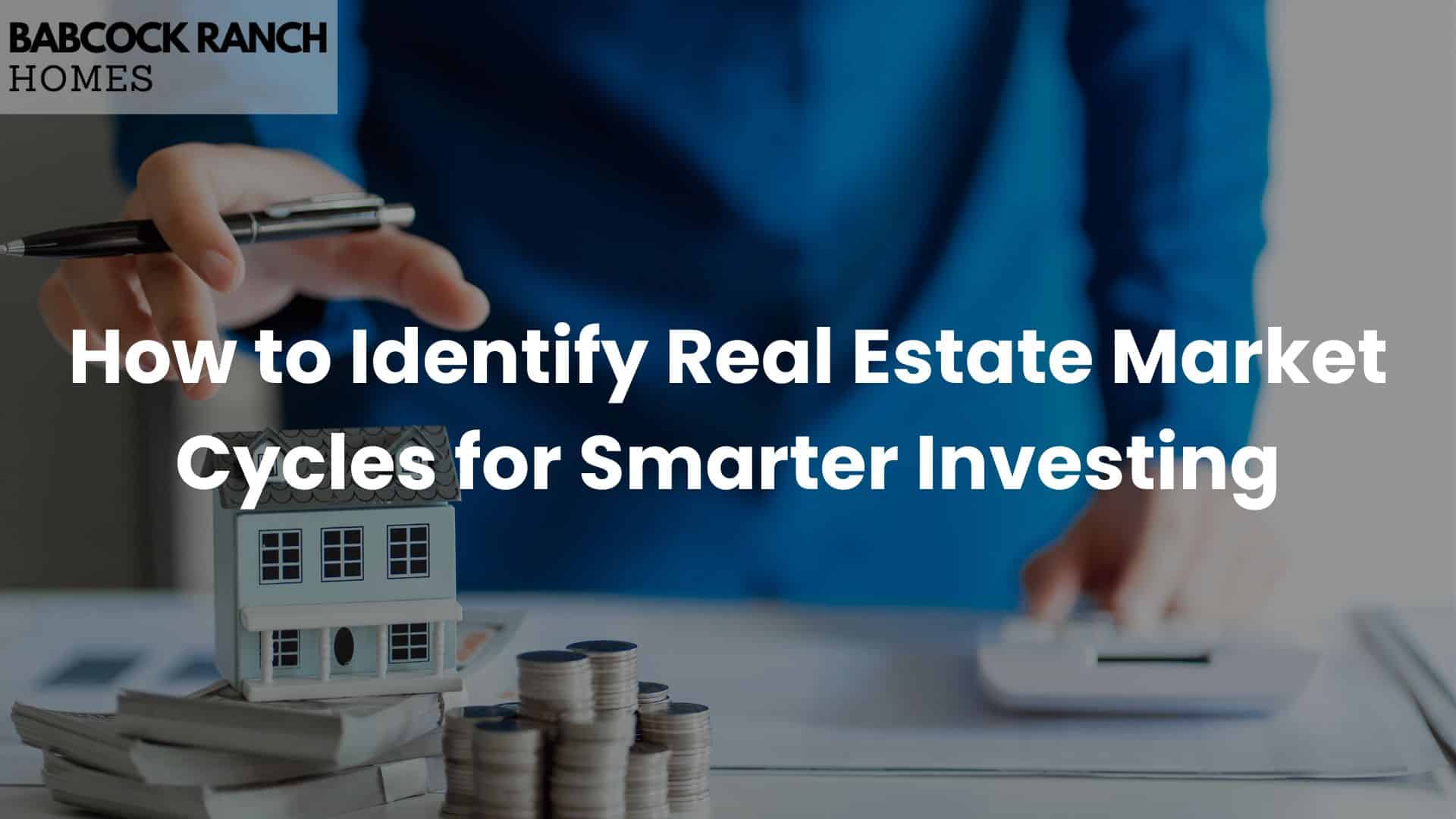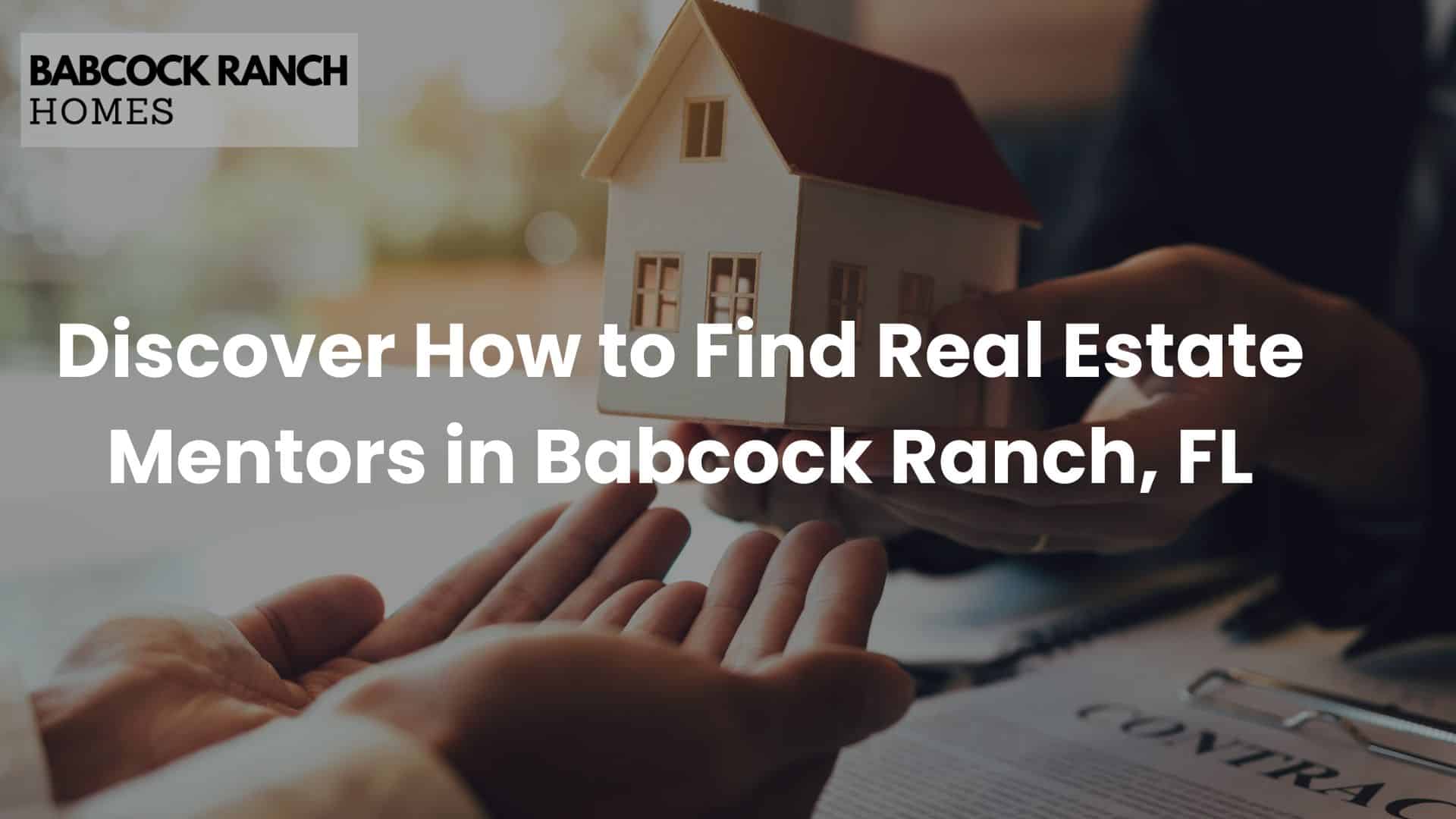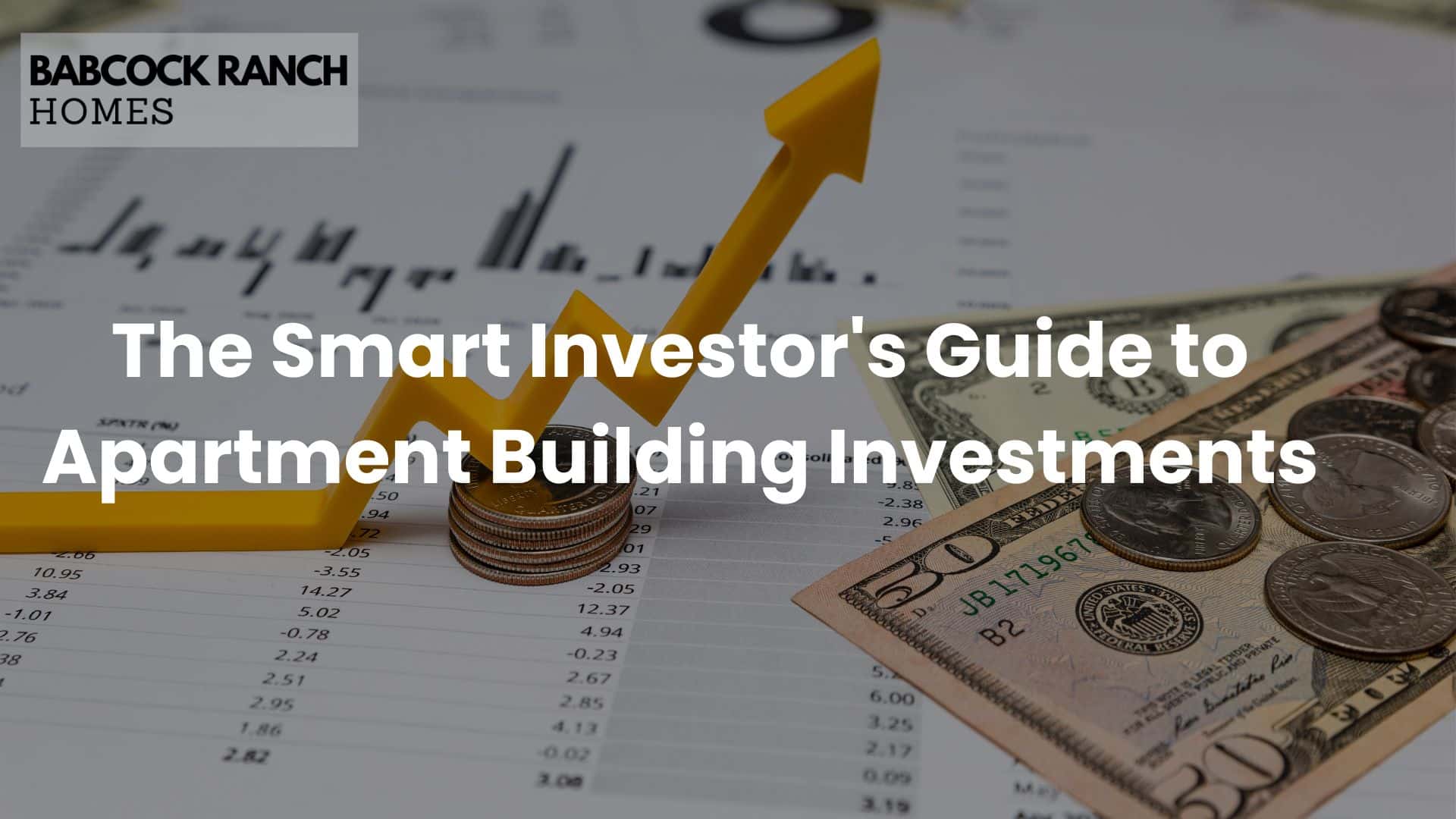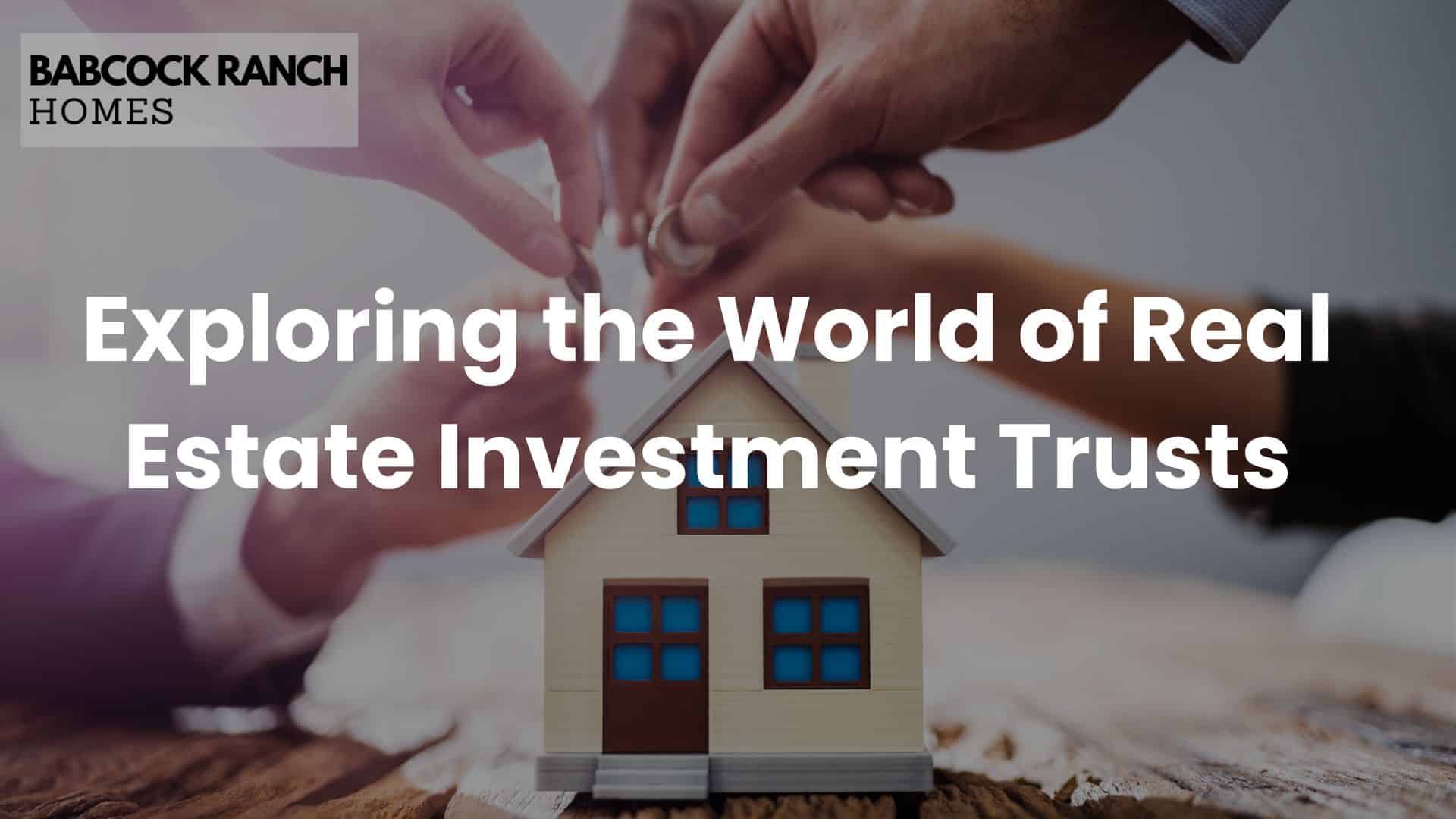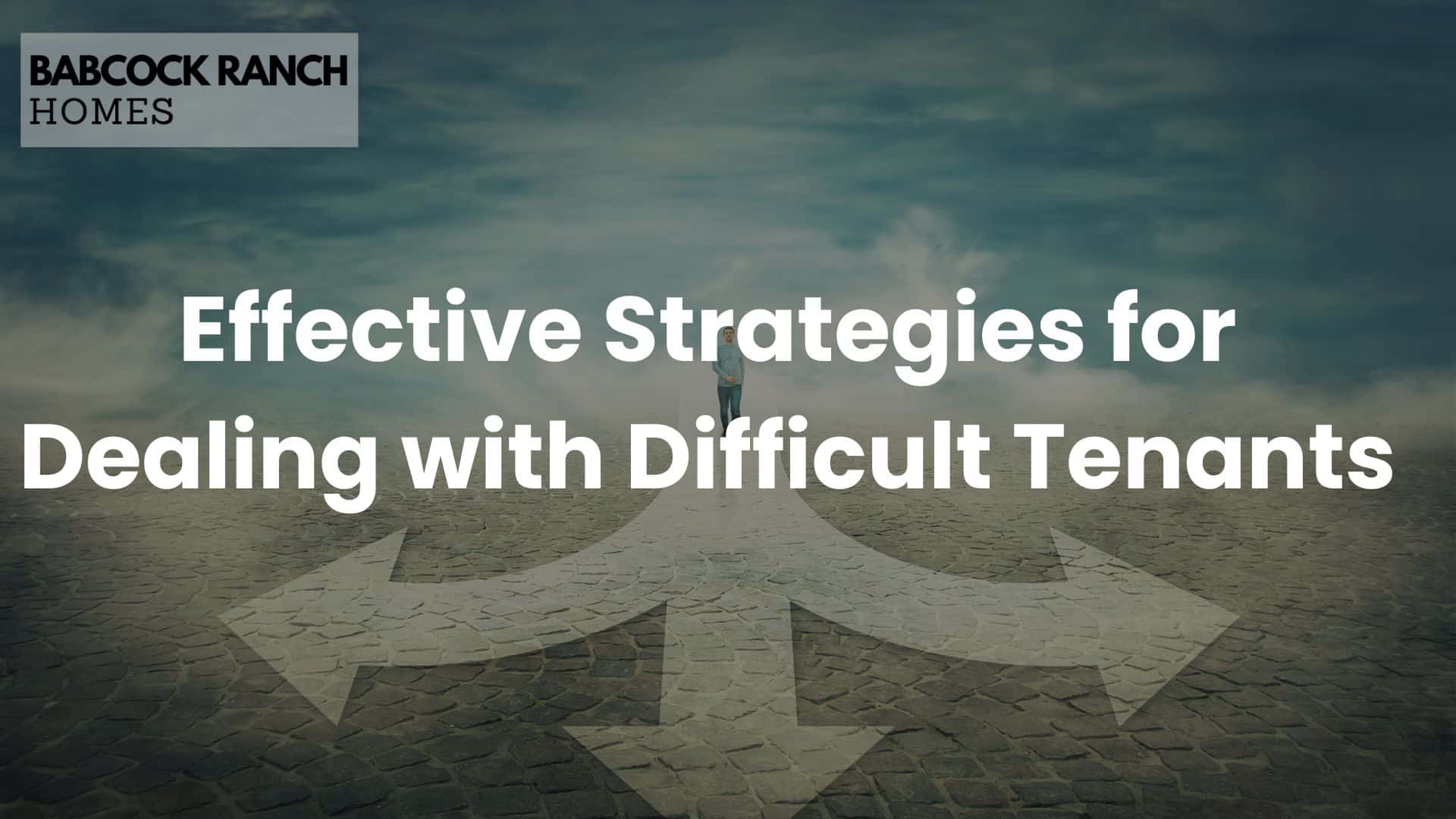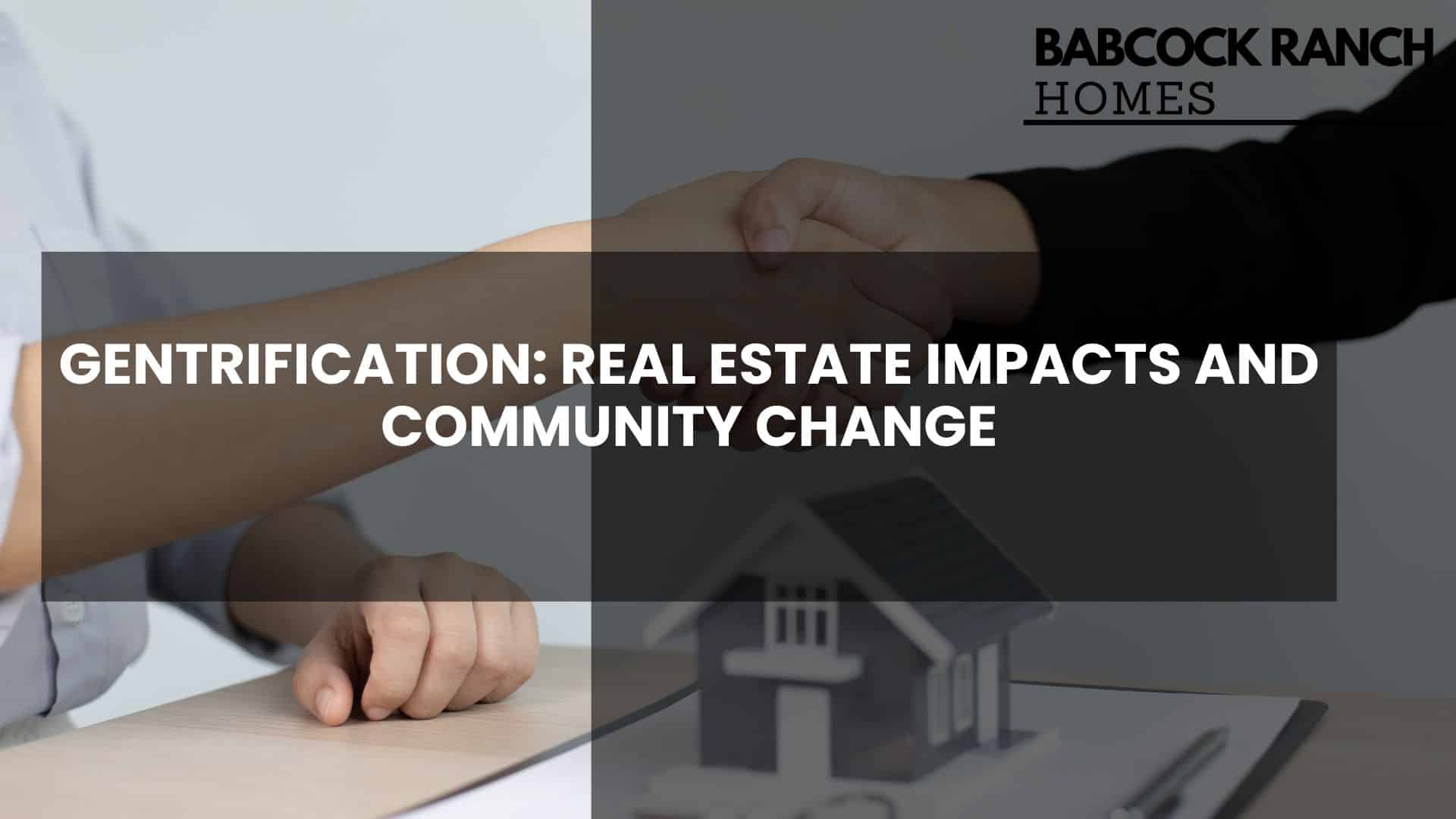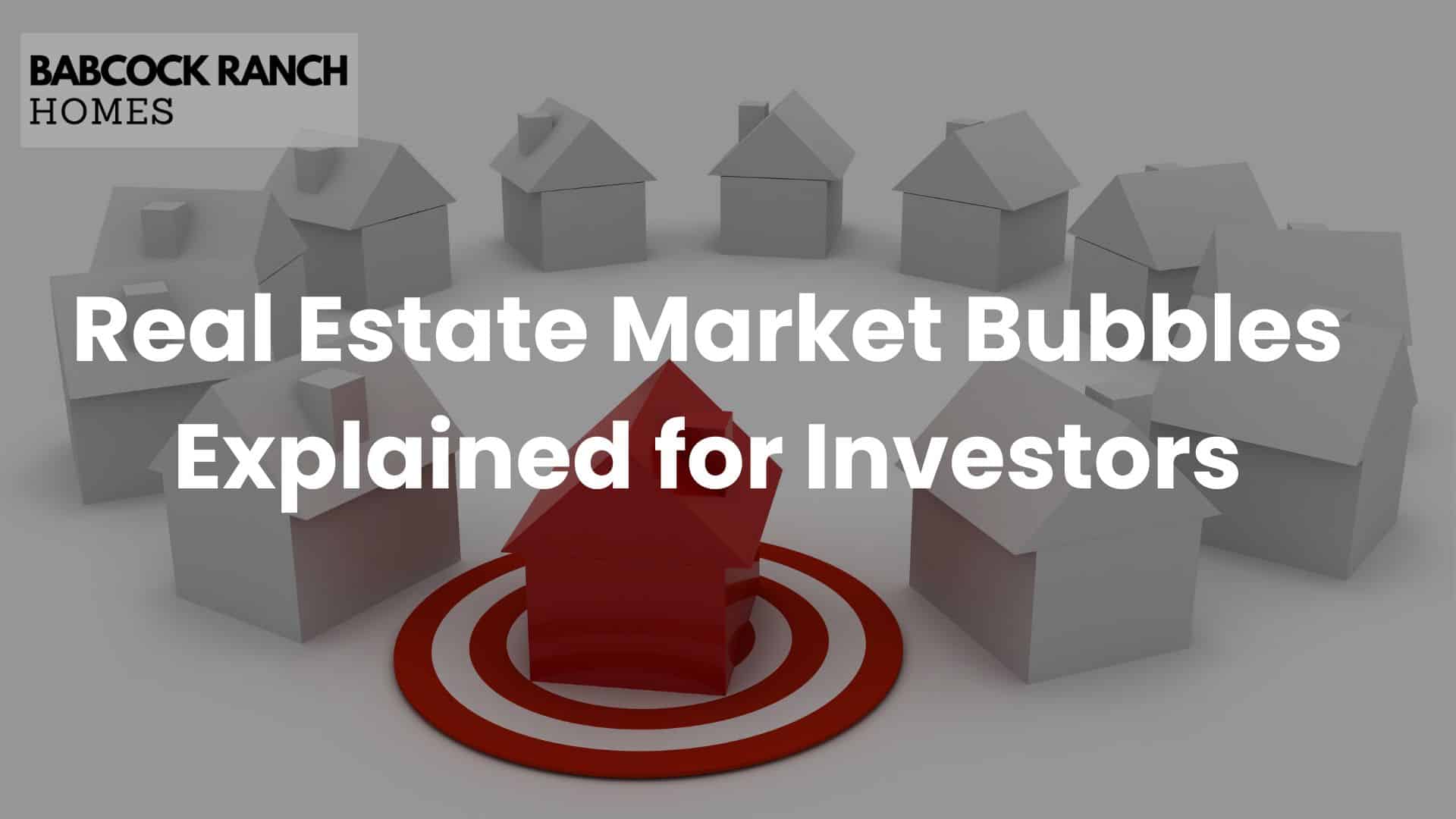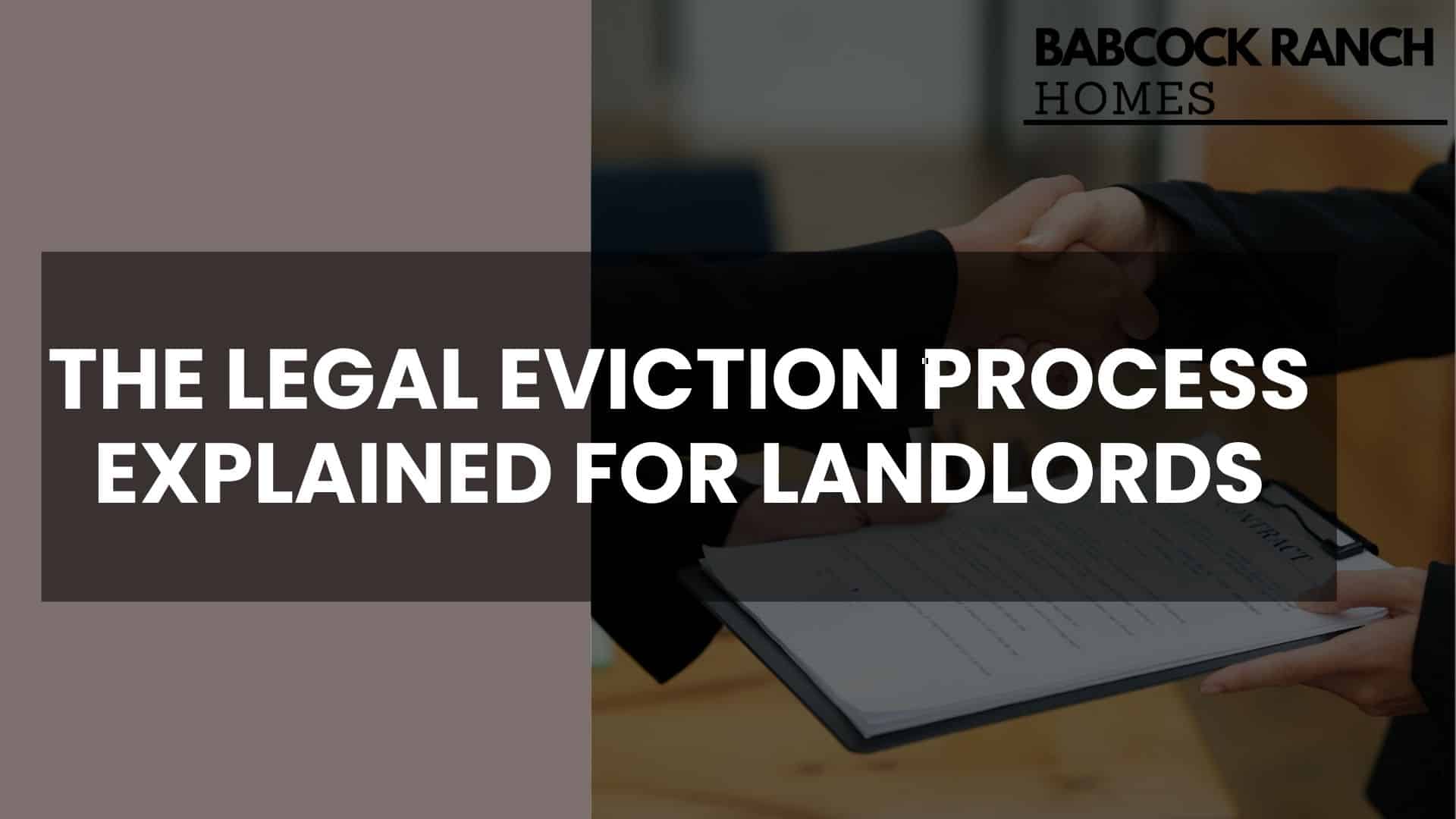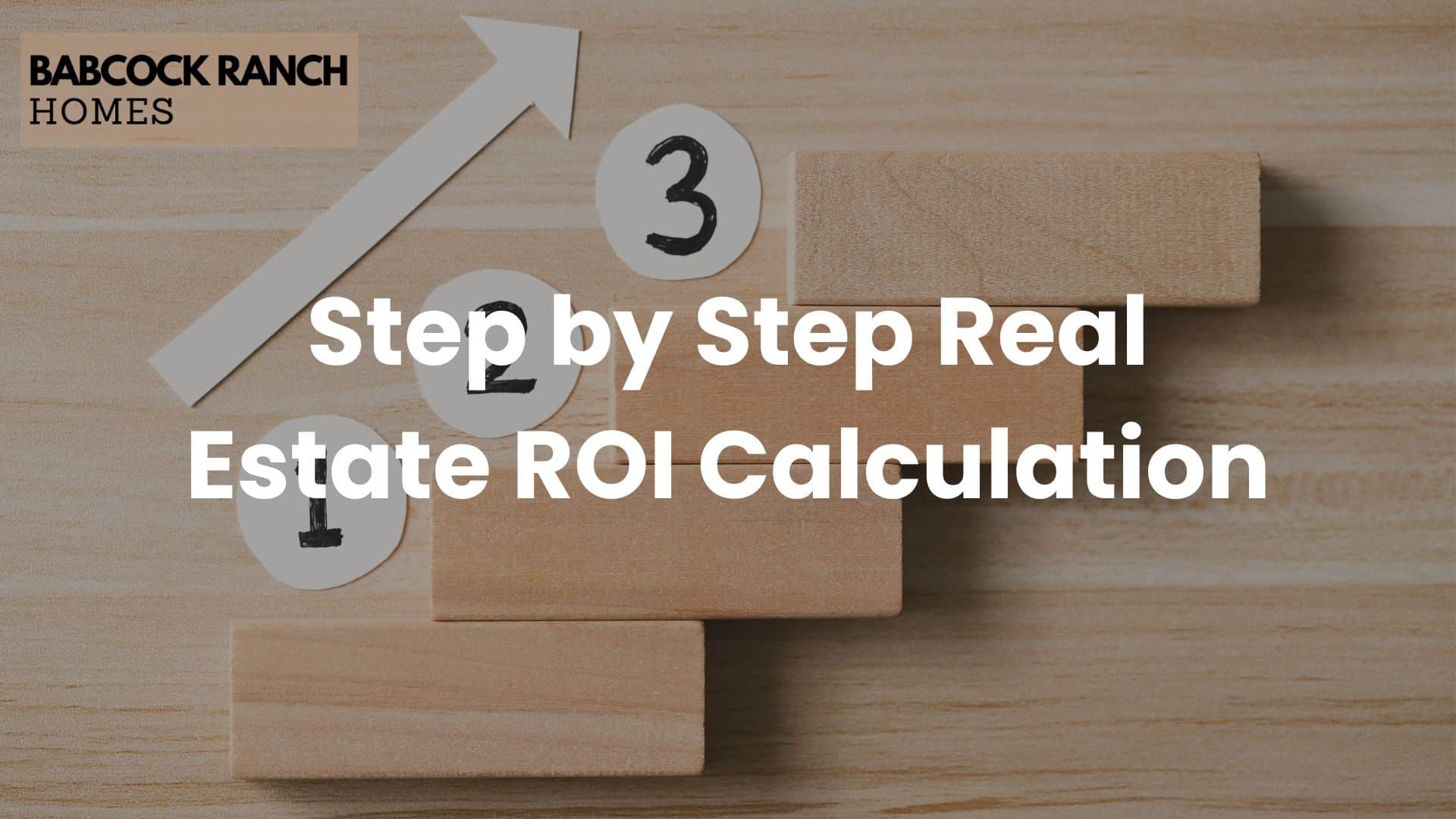Traditional methods of acquiring property are evolving rapidly. Pooled capital models now allow multiple participants to fund developments through digital platforms. Babcock Ranch Homes pioneers this approach in Southwest Florida, combining sustainable community design with accessible investment frameworks.
This method democratizes access to lucrative ventures once reserved for institutional buyers. By partnering with SEC-regulated platforms, Babcock Ranch enables fractional ownership in commercial and residential projects. The National Association of Realtors® notes a 214% increase in collaborative funding models since 2020 across U.S. markets.
Modern investors benefit from reduced capital requirements and diversified portfolios. SEC guidelines ensure transparency through mandatory disclosures about risks and projected returns. Babcock Ranch’s team simplifies compliance through curated opportunities in solar-powered neighborhoods and mixed-use developments.
Connect with specialists at 518-569-7173 to explore options in Babcock Ranch, Florida. This guide will unpack platform selection criteria, regulatory safeguards, and strategies to balance risk with potential income streams.
Key Takeaways
- Fractional ownership models lower entry barriers for property ventures
- SEC oversight provides investor protections for digital funding platforms
- Babcock Ranch integrates eco-friendly development with investment accessibility
- Pooled capital strategies enable portfolio diversification
- Professional guidance ensures compliance with evolving regulations
Introduction: Unveiling the Future of Real Estate Investing

The landscape of property acquisition is undergoing a digital revolution. Unlike conventional approaches requiring large capital reserves, modern methods let diverse stakeholders participate through regulated online portals. This shift aligns with SEC findings showing 63% of new investors prefer fractional ownership models over traditional REITs.
Digital platforms now connect capital with innovative projects, from eco-conscious communities to urban revitalization efforts. The Balance highlights a 180% surge in collaborative property funding since 2019, reflecting changing preferences among younger demographics. Investors can explore commercial ventures or residential developments with entry points as low as $500.
“Education remains critical when navigating these emerging models,” states an SEC bulletin on alternative investments. “Transparent platforms empower smarter decisions.”
Three key developments define this transformation:
- Reduced financial barriers through shared equity structures
- Enhanced liquidity options compared to physical property ownership
- Real-time performance tracking via mobile-enabled dashboards
Regulatory frameworks continue evolving to protect participants while fostering innovation. Platforms meeting SEC standards provide detailed disclosures about projected returns, tenant occupancy rates, and environmental impact metrics. This transparency builds trust in an industry historically dominated by institutional players.
As market dynamics shift, understanding these tools becomes essential for building resilient portfolios. The following sections explore platform selection, risk management, and strategies to capitalize on this financial evolution.
What is real estate crowdfunding
Digital solutions now enable group participation in property ventures through regulated online portals. This collaborative approach lets multiple contributors fund developments ranging from apartment complexes to retail centers. Unlike traditional purchases requiring full ownership, these models distribute costs and potential returns among participants.

Pooled capital structures lower financial barriers significantly. Where conventional purchases might demand six-figure sums, shared models allow entry with as little as $500. Platforms vet opportunities and handle legal complexities, connecting backers with pre-approved projects. A 2023 Boston Business Journal report showed 72% of funded developments through these channels delivered projected returns within 18 months.
Two primary models dominate this space:
- Equity-based arrangements offer ownership stakes in properties
- Debt-focused setups provide fixed-income through property-backed loans
“These platforms democratize access to high-value assets,” notes a financial analyst from the Boston Business Journal. “They’re rewriting the rules of who can play in property markets.”
Commercial ventures like mixed-use spaces often attract collective funding due to their income potential. Residential projects in growth areas like Babcock Ranch also benefit from this approach, combining investor returns with community development goals. SEC-regulated portals ensure transparency through detailed disclosures about risks, timelines, and profit-sharing structures.
The Evolution of Real Estate Crowdfunding

Property investment strategies have transformed dramatically since the first collaborative funding portals emerged. Financial Management research traces modern models to 2012 regulatory shifts, when the JOBS Act opened doors for non-accredited participants. Early platforms focused on commercial ventures, requiring minimum commitments exceeding $25,000.
Three pivotal changes reshaped the landscape:
- SEC’s 2015 Regulation A+ expanded access to growth-stage developments
- Mobile-first interfaces enabled real-time portfolio management by 2018
- AI-driven risk assessment tools became standard by 2021
| Year | Investor Access | Minimum Investment | Key Features |
|---|---|---|---|
| 2012 | Accredited only | $25,000 | Manual document review |
| 2023 | All investors | $500 | Automated compliance checks |
Business Insider data reveals entry thresholds dropped 98% since 2015, while deal volume grew 740%. A 2022 case study showed 83% of participants in a Phoenix mixed-use project earned returns exceeding traditional REITs.
“Technology turned property markets into collaborative ecosystems,” notes a Financial Management analyst. “Today’s tools let anyone build diversified portfolios once exclusive to funds.”
Modern platforms now offer environmental impact metrics alongside financial projections. This shift mirrors growing demand for sustainable projects – 68% of millennials prioritize eco-conscious ventures according to 2023 surveys.
How Crowdfunding Transforms Real Estate Investment Strategies
Modern investment approaches now leverage collective power to reshape property markets. By combining resources, participants access projects previously limited to high-net-worth individuals. This shift creates opportunities for both income generation and strategic portfolio expansion.

Pooling Capital for Greater Impact
Group funding models amplify purchasing capabilities exponentially. A Wealth Management Real Estate study found pooled investments enable acquisitions 5x larger than individual contributions typically allow. Babcock Ranch’s solar-powered community developments demonstrate this principle, with 84 investors collectively funding a $12 million retail complex.
- Fractional ownership spreads risk across multiple properties
- Debt models offer fixed returns from interest payments
- Equity positions provide profit-sharing from appreciation
“The average participant in our Florida projects achieves 18% broader diversification than traditional REIT investors,” notes a Babcock Ranch portfolio manager.
Passive Income and Portfolio Diversification
Digital platforms automate income distribution from rental yields and asset growth. The Balance reports participants in mixed-use developments average 7.2% annual returns without property management responsibilities. Case studies show:
- 83% reduction in volatility through multi-asset exposure
- 24/7 liquidity options surpassing physical property limitations
- Automated tax documentation streamlining reporting
Babcock Ranch’s latest residential project delivered 9.3% returns through combined rental income and value appreciation. These outcomes highlight how collaborative models create accessible paths to wealth building.
Understanding Crowdfunding Models and Platforms
Investment platforms operate on distinct funding mechanisms that shape outcomes for participants. Financial Management research identifies two primary structures: Keep-It-All (KIA) and All-Or-Nothing (AON). KIA models let ventures retain pledged capital even if targets aren’t met, while AON requires full funding before releasing funds. The study shows KIA campaigns have 22% higher risk profiles but attract more ambitious projects.

Keep-It-All vs. All-Or-Nothing Models
KIA arrangements appeal to established ventures needing flexible funding. Developers might accept 80% of a $5M goal to complete phased construction. AON models protect backers by ensuring projects meet minimum viability thresholds. CRE Daily reports 67% of residential developments use AON structures to align investor expectations.
Comparing Top Platforms and Their Offerings
Leading portals cater to different strategies. Fundrise specializes in non-accredited participation with $10 minimums and automated REIT options. EquityMultiple targets accredited investors through 1031 exchanges and preferred equity deals. RealtyMogul balances both markets with hybrid debt/equity portfolios averaging 8-12% returns.
“Platform fees range from 0.5% to 2.5% annually – always compare projected net returns after costs,” advises a CRE Daily analyst.
Three factors demand scrutiny when choosing services:
- SEC registration status and audit history
- Fee structures across acquisition, management, and profit-sharing
- Geographic/sector specialization matching your goals
Babcock Ranch partners with platforms offering transparent dashboards tracking solar community developments. Savvy participants review historical performance data and exit timelines before committing capital. This due diligence separates speculative bets from calculated growth opportunities.
Assessing the Benefits of Real Estate Crowdfunding
Property investment opportunities now reach beyond traditional gatekeepers. Digital portals bridge gaps between capital sources and development projects, creating win-win scenarios for stakeholders. Recent data reveals 61% of participants achieve financial goals faster through collaborative models than solo ventures.

Enhanced Accessibility for Investors
Wealth Management Real Estate reports entry thresholds dropped 94% since 2018, with 78% of platforms now welcoming non-accredited participants. This shift lets teachers, nurses, and entrepreneurs build portfolios alongside institutional players. Case in point: A Boston Business Journal study showed 1,400 first-time investors joined commercial projects last quarter through $500 minimum commitments.
Three accessibility advantages stand out:
- 24/7 digital access to vetted opportunities nationwide
- Automated diversification across property types and regions
- Professional management included in fee structures
“The average investor diversifies 40% more effectively through fractional models than traditional property ownership,” notes a Wealth Management Real Estate analyst.
Diversification and Potential for High Returns
Spreading capital across multiple assets reduces volatility while maintaining growth potential. Babcock Ranch’s solar community projects demonstrate this – investors gain exposure to residential leases, retail rents, and renewable energy credits simultaneously. Data shows blended returns here outperformed single-property investments by 22% over five years.
Platform analytics help balance risk profiles:
- Commercial developments offer stable cash flow from long-term tenants
- Value-add properties target appreciation through strategic upgrades
- Debt instruments provide fixed-income alternatives to equity positions
With proper due diligence, these models create pathways to consistent income without property management headaches. Always review platform track records and SEC filings before committing funds.
Analyzing the Risks and Challenges in Crowdfunding
While collaborative funding models open new doors, they also introduce unique challenges requiring careful navigation. Market shifts and regulatory complexities demand proactive strategies to protect capital while pursuing growth.

Market Volatility and Investment Liquidity
Property values fluctuate with economic cycles, impacting returns on shared ventures. SEC Investor Bulletin 2023 notes that 38% of crowdfunded developments experienced valuation swings exceeding 15% during recent rate hikes. Unlike publicly traded REITs, these assets often lack secondary markets for quick exits.
Three liquidity challenges emerge:
- Average 3-5 year lock-up periods for development projects
- Limited exit options before property stabilization
- Platform-specific redemption policies affecting cash access
“Investors should treat these as long-term commitments,” advises a Federal Reserve report on alternative assets. “Short-term needs may clash with project timelines.”
Regulatory and Compliance Considerations
Evolving oversight frameworks create shifting requirements for platforms and participants. The SEC’s Regulation Crowdfunding mandates detailed disclosures, but enforcement gaps occasionally surface. A 2022 Stanford study found 14% of portals had compliance issues related to financial reporting accuracy.
Key safeguards include:
- Platform registration with FINRA and SEC
- Third-party audits of project financials
- Clear communication of fee structures
Leading portals now implement AI-driven compliance checks, reducing error rates by 62% according to 2023 FinTech data. Investors should verify a platform’s disciplinary history through BrokerCheck before committing funds.
Regulatory Insights and Due Diligence in Crowdfunding
Navigating financial regulations forms the backbone of secure participation in modern property ventures. The SEC enforces strict protocols to protect contributors while fostering market growth. A 2023 Investor Bulletin reveals 89% of successful platforms now exceed baseline compliance requirements.

Essential Safeguards for Modern Contributors
Federal oversight ensures transparent operations across digital funding portals. Three critical SEC rules shape today’s landscape:
- Mandatory disclosure of developer track records and project risks
- Accredited investor verification for specific high-yield opportunities
- Anti-fraud provisions requiring accurate financial projections
“Platforms must provide clear paths for dispute resolution,” states SEC Rule 506(c). “Investor education remains our primary shield against misconduct.”
A 2022 enforcement action against a Chicago-based portal demonstrates these principles. Regulators imposed $2.1M fines for inflated occupancy rate claims, underscoring the need for verification.
Effective due diligence involves three proactive steps:
- Confirm platform registration through SEC’s EDGAR database
- Review offering circulars for fee structures and exit timelines
- Cross-reference developer credentials with county permit records
FINRA’s BrokerCheck tool helps identify platforms with disciplinary histories. Pair this with NAR-recommended checklists to assess property-specific risks like zoning changes or environmental liens.
Tailoring Investments for Accredited and Non-Accredited Investors

Regulatory frameworks create distinct pathways for participants based on financial profiles. Understanding these categories helps match goals with suitable opportunities while maintaining compliance.
Investment Minimums and Entry Requirements
The SEC defines accredited participants as individuals earning over $200,000 annually or having $1M+ net worth (excluding primary residence). Non-accredited contributors face lower thresholds but access different deals. Platforms like EquityMultiple require $10,000 minimums for exclusive commercial projects, while Fundrise welcomes starters with $10 commitments.
| Platform | Investor Type | Minimum | Key Features |
|---|---|---|---|
| EquityMultiple | Accredited | $10,000 | 1031 exchanges, preferred equity |
| Fundrise | Non-Accredited | $10 | Automated diversification, eREITs |
| Babcock Ranch | Both | $5,000 | Sustainable community focus |
“Proper categorization protects all parties,” states an SEC investor bulletin. “Transparent platforms clearly outline eligibility before commitment.”
Entry requirements directly influence opportunity access. Accredited investors often target high-yield developments like luxury resorts or tech parks. Non-accredited participants typically join residential or mixed-use projects with predictable cash flow.
Three factors guide platform selection:
- Available capital and risk tolerance
- Preferred asset types (commercial, residential, industrial)
- Desired involvement level (passive vs. active)
Babcock Ranch’s partnerships demonstrate inclusive models, offering solar community investments starting at $5,000. Always review fee structures and exit timelines to align with financial objectives.
Case Studies and Success Stories: Babcock Ranch Homes Perspective
Successful partnerships in Southwest Florida demonstrate the tangible benefits of collaborative funding models. Babcock Ranch’s solar-powered retail complex, funded by 92 contributors, delivered 11.4% annual returns since its 2021 launch. Local market analytics show a 19% population growth rate, driving demand for sustainable commercial spaces.

Local Insights from Babcock Ranch, Florida
The community’s emphasis on eco-conscious development attracts forward-thinking participants. A 2023 survey revealed 94% occupancy rates across mixed-use properties, outperforming regional averages by 22%. Key advantages include:
- Strategic location near Tampa-Orlando growth corridor
- Zoning policies favoring renewable energy integration
- Strong rental demand from remote workers and families
“Our $15,000 stake in the Lakeside Shops project generates consistent monthly income,” shares Maria T., a local teacher turned investor. “The platform’s transparency made the process accessible.”
| Metric | Babcock Ranch | Florida Average |
|---|---|---|
| Rental Yield | 6.8% | 5.1% |
| Price Growth (2023) | 8.3% | 4.9% |
| Project Completion Rate | 97% | 82% |
Contacting Babcock Ranch Homes at 518-569-7173
Proven results stem from combining localized expertise with investor-focused tools. The team offers personalized consultations to align capital with suitable opportunities. Direct access to project managers ensures clarity on timelines, risks, and profit-sharing structures.
Call 518-569-7173 for insights into active developments like the upcoming Solaris Innovation District. Participants gain exclusive access to pre-vetted deals while supporting community-driven sustainability initiatives.
Expert Insights: Trends and Future of Real Estate Crowdfunding
Emerging technologies are redefining how capital flows into property markets. Platforms now integrate AI-driven analytics and blockchain verification to streamline due diligence. CRE Daily forecasts a 300% increase in tokenized asset offerings by 2026, enabling fractional ownership of premium properties.

Innovative Platform Developments
Three tech advancements are transforming participation models:
- Smart contracts automating profit distributions
- Virtual reality property tours for remote investors
- Environmental impact scoring systems for green projects
“Tokenization will unlock $1.3 trillion in previously illiquid assets,” predicts a CRE Daily tech analyst. “By 2025, 40% of platforms will offer this feature.”
Market Predictions and Growth Potential
Industry reports reveal shifting opportunities:
| Segment | 2024 Growth | 2027 Projection |
|---|---|---|
| Mixed-Use Developments | 14% | 28% |
| Renewable Energy Hubs | 9% | 33% |
| Micro-Unit Housing | 7% | 19% |
Investopedia data shows average returns could reach 12-15% annually as platforms adopt machine learning for risk assessment. Regulatory changes may soon permit cross-border investments, expanding access to global markets.
Staying updated on these trends helps participants capitalize on emerging niches. Proactive investors should monitor platform updates and sector-specific reports to align strategies with market shifts.
Conclusion

Collaborative funding models have redefined participation in property markets. These approaches merge financial accessibility with professional oversight, letting contributors build diversified portfolios through curated opportunities. SEC safeguards and transparent platforms now empower smarter decisions than ever before.
Babcock Ranch exemplifies this evolution, blending sustainable development with investor-friendly frameworks. Their solar-powered communities demonstrate how pooled capital generates income while supporting eco-conscious growth. Local expertise ensures projects align with Southwest Florida’s booming demand for mixed-use spaces.
While market fluctuations require careful planning, regulated portals mitigate risks through detailed disclosures. Modern tools simplify tracking performance across residential leases, commercial rents, and renewable energy credits. Strategic diversification remains key to balancing short-term volatility with long-term gains.
Ready to explore these opportunities? Connect with Babcock Ranch specialists at 518-569-7173. Discover how innovative platforms transform capital into impactful investments – without traditional barriers. The future of property markets starts with your next informed decision.






